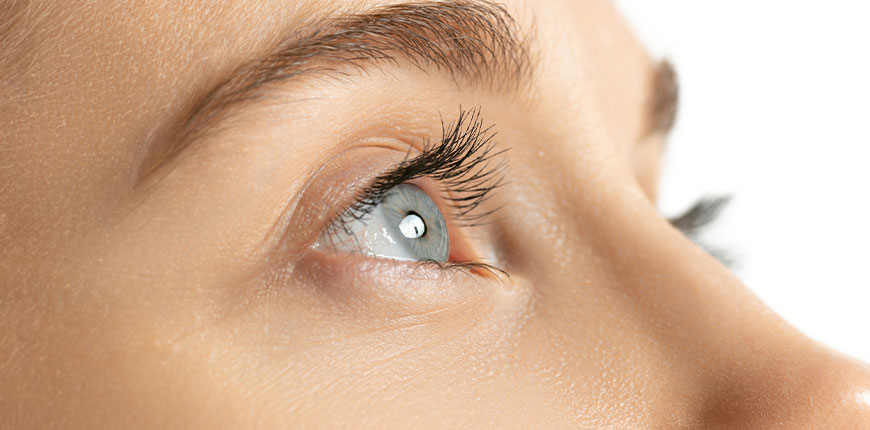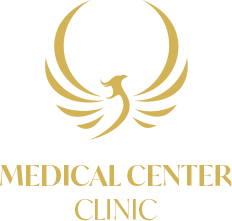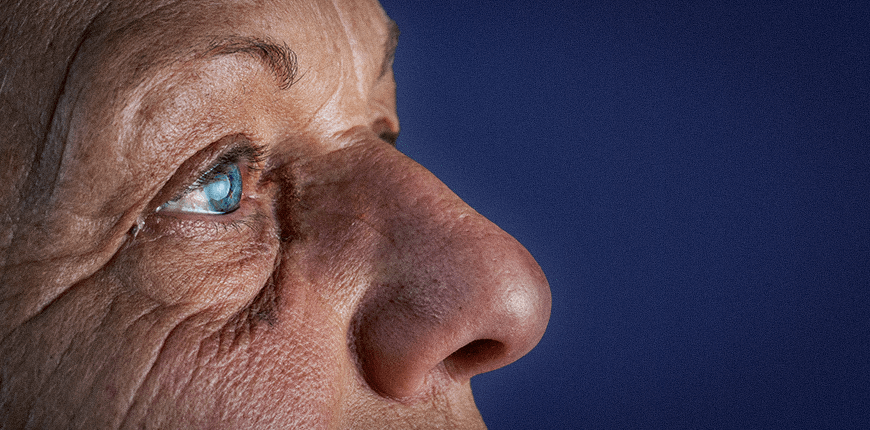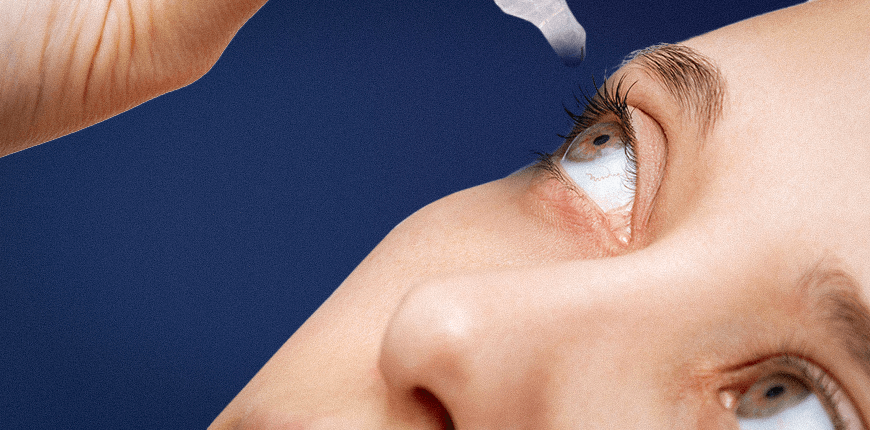
Laser Eye Treatments
Laser eye treatment, also known as excimer laser, is a surgical procedure that aims to reshape the corneal tissue on the front surface of the eye by using a laser beam in people who do not want to wear glasses or contact lenses.
This procedure is used to correct eye defects such as myopia, hyperopia, and astigmatism.
Laser eye treatment is usually performed with two different methods called LASIK or PRK. LASIK involves removing the top layer of the cornea as a flap and laser reshaping the underlying tissue. The flap is then placed back in place. PRK, on the other hand, involves the complete removal of the top layer of the cornea and the laser reshaping of the underlying tissue directly.
The excimer laser is a type of laser used in LASIK and PRK applications. It's used to precisely reshape tissue on the surface of the cornea using a wavelength of ultraviolet rays.
Who Can Have Laser Eye Treatment?
Laser eye treatment is an effective method to correct eye defects. However, not everyone may be suitable for these applications. A person considering laser eye treatment should meet the following criteria.
- Over 18 Years of Age: Laser eye treatment should be done after the age when the eyes are fully developed. Therefore, you must be at least 18 years old.
- Eye Prescriptions Should be Stable: They should have remained the same in the last six months. People with eye number instability are not suitable for laser eye treatment. Persons between the ages of 18-35 with -1 and -6 degrees of myopia are suitable candidates.
- Healthy Eyes: People who will undergo laser eye treatment should not have eye infections or other eye disorders such as corneal disease. Also, it's not suitable for those with severely dry eyes.
- Good Health Status: This treatment is safe for people in good general condition. However, it may not be suitable for those with certain diseases. Therefore, it's recommended to consult a doctor first.
- Not Being Pregnant: Laser eye treatment is not recommended during pregnancy or breastfeeding.
People who meet these criteria can have laser eye treatment after being evaluated by an ophthalmologist. However, every case is different and the doctor determines a treatment plan based on the person's condition.
How Are Laser Eye Treatments Applied?
 In laser eye treatments, traditional methods such as LASIK and PRK are used, as well as innovative ways like No Touch Laser. The procedures for each are discussed below.
In laser eye treatments, traditional methods such as LASIK and PRK are used, as well as innovative ways like No Touch Laser. The procedures for each are discussed below.
The LASIK method is a more widely used method. First of all, local anesthesia is given by applying anesthetic drops or gel to the patient's eye. The ophthalmologist removes the top layer of the cornea using an instrument called a microkeratome or creates a flap using a femtosecond laser. The flap is lifted to conform to the natural shape of the eye.
The excimer laser helps to correct the eye number by applying it to the tissues under the cornea. This process is completed in a few seconds. After corneal reshaping is complete, the flap is carefully placed in place. It is tightly closed to fit the natural structure of the person's eye and heals by itself.
Compared to LASIK, the PRK method is treated from the upper surface of the cornea. Its application is carried out, in the same way, using local anesthesia. The corneal epithelium is removed and a specific area is shaved with a laser. There is no flap-lifting step in this method.
Both methods are safe and effective. However, LASIK is often associated with a faster recovery time and less discomfort. Your eye doctor will decide which method is more suitable for you, based on your eye size, eye structure, and other factors.
The No Touch Laser method, on the other hand, as the name suggests, is a method where laser eye treatment is applied in a completely non-contact way. Unlike traditional laser eye treatments such as LASIK and PRK, this method reshapes the cornea using a special laser system without touching or touching the surface of the cornea.
Laser Eye Treatments Aftercare Process
The aftercare process of laser eye treatment is very important. After the application, the patient's eyes may become sensitive and the full recovery may take several weeks. It's recommended that the person not take a shower during the first 2 days and not enter the sea or pool for 2 weeks.
It's also important to have a sleep pattern and wear a sleep mask to rest the eyes. The eye drops prescribed by the doctor should be used regularly and should not be interrupted.
Rubbing of the eyes should be avoided as this can delay corneal healing and increase the risk of infection. An eyewash solution should be used to keep the area clean and application should be done gently with a clean cloth.
Heavy exercises should not be done for a few days after the treatment. Areas such as spas and saunas should not be entered.
Sun rays can irritate the eyes and delay the healing process. It's important to wear sunglasses, especially for a few days, and too much time outdoors should be avoided. In addition to all these, it is necessary to follow routine controls with the doctor.
-
Is Laser Eye treatment painful?
Local anesthesia is applied during laser eye treatment, so the patient does not feel any pain or discomfort during the procedure. However, their eyes may be sensitive after the procedure and they may experience temporary discomfort.
-
How long does Laser Eye treatment take?
All procedures take an average of 10-15 minutes. However, when the pre-op and post-op periods are included, approximately 1 hour is allocated for the operation.
-
How much does Laser Eye treatment cost?
The cost of laser eye treatment may vary depending on the type of treatment, the patient's health status, the clinic where the operation is performed, and the experience of the ophthalmologist performing the application.













